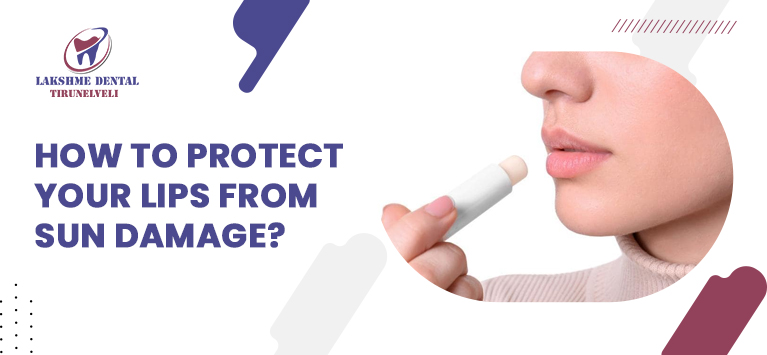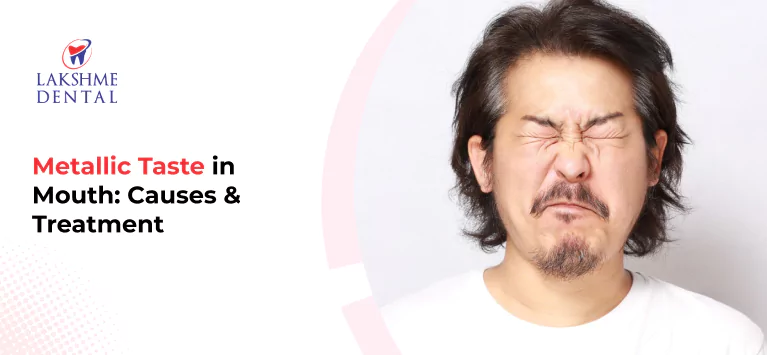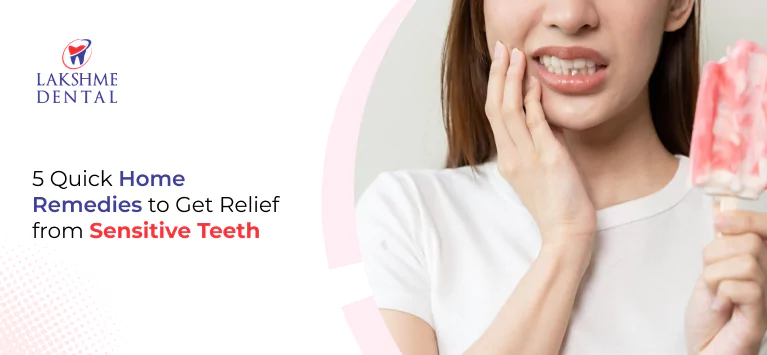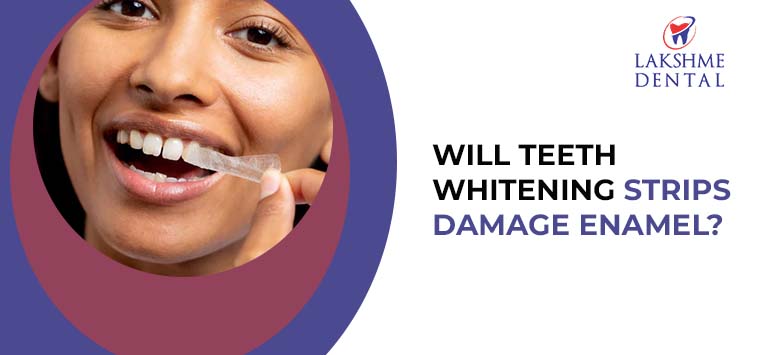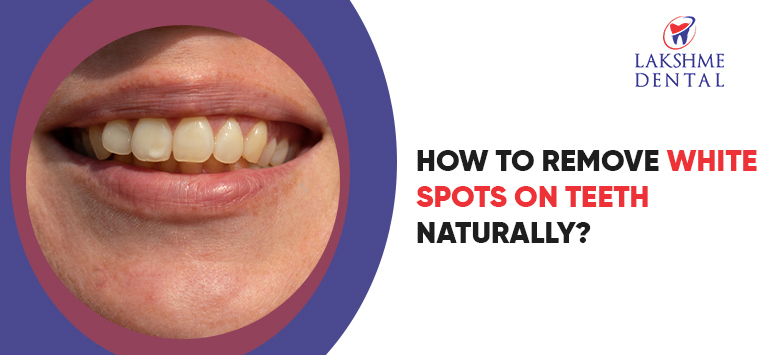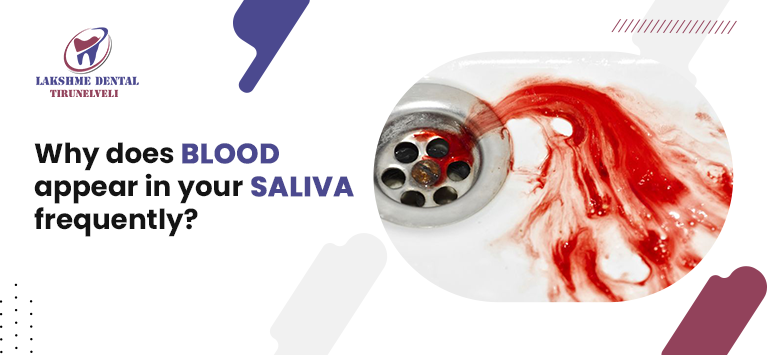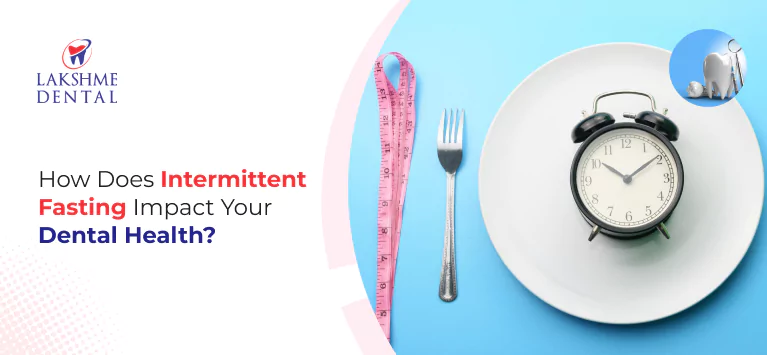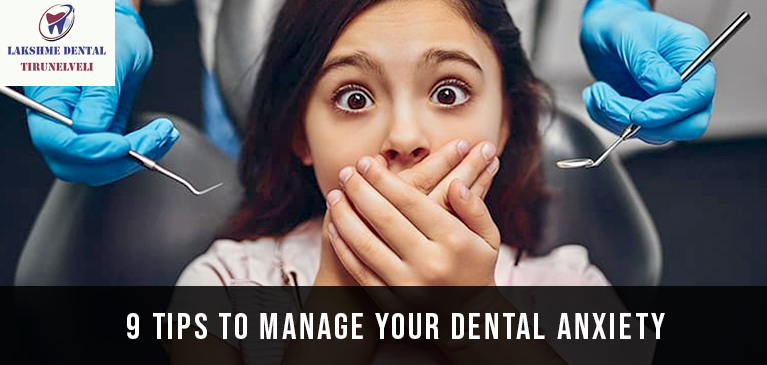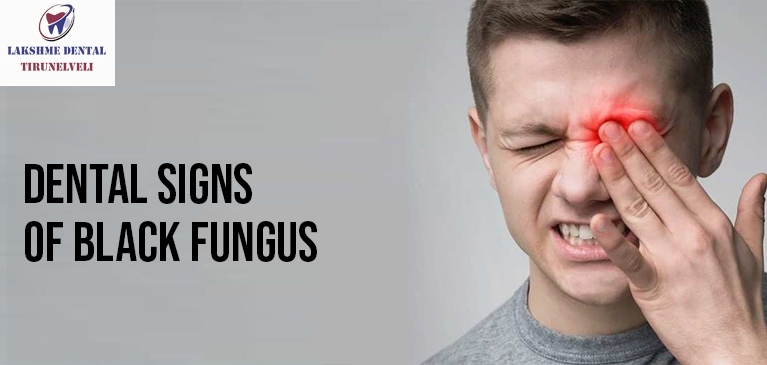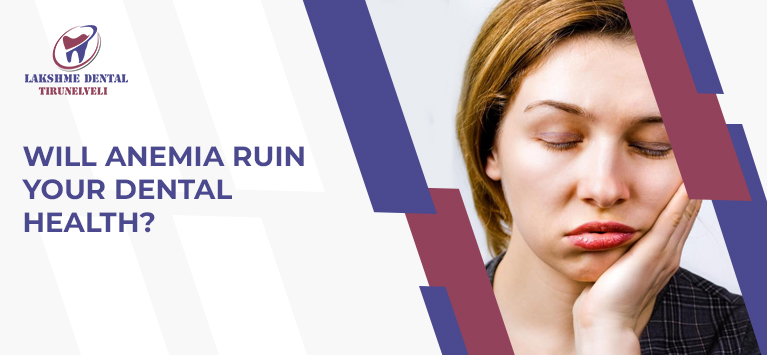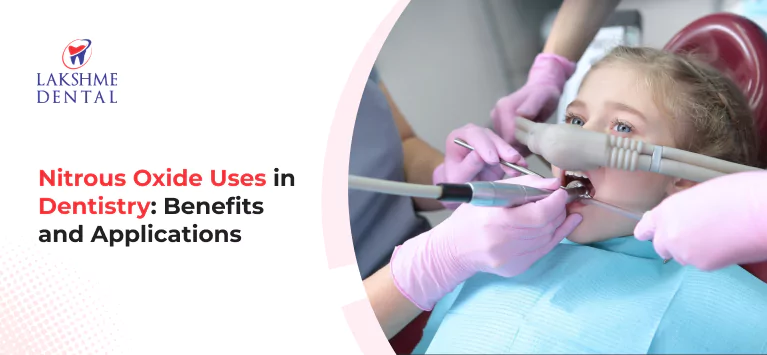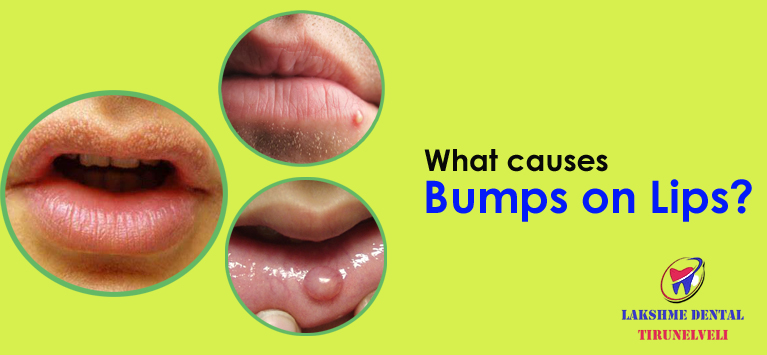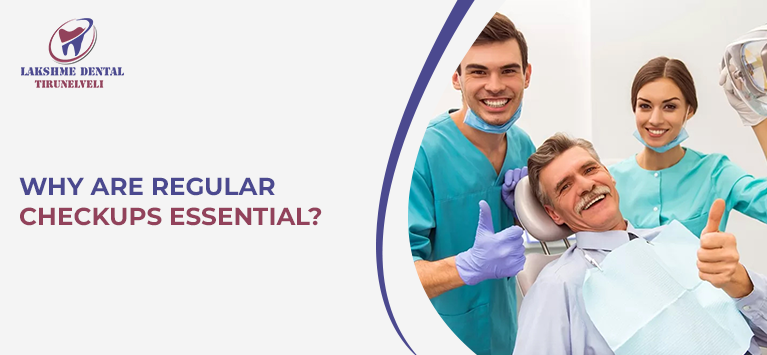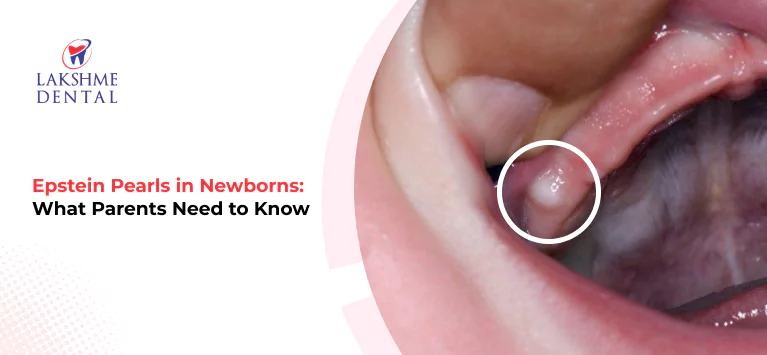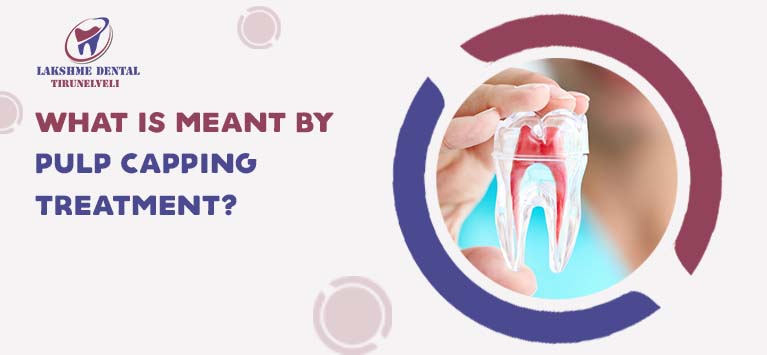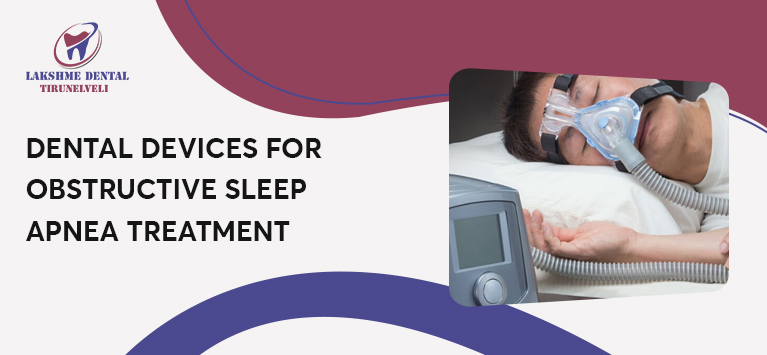
Dental devices for Obstructive Sleep Apnea Treatment
Obstructive Sleep Apnea (OSA) is a kind of sleep disorder. It occurs due to the interruption of breath while sleeping. The problem begins with the relaxation of muscles that support tissues in the throat while sleeping. As the soft tissues obstruct the airflow to the lungs, breathing interrupts. If it occurs often, you cannot get a peaceful sleep and will cause various life-threatening conditions.
Apart from surgery, CPAP is the most commonly prescribed sleep apnea treatment. Meanwhile, dentists provide treatments using mouth devices to overcome sleep apnea. They look like mouth guards and orthodontic appliances. We have explained oral appliance therapy in detail here.
What are the advantages of treating obstructive sleep apnea with dental appliance therapy?
- They are portable and do not need any sources like electricity to activate. So you can carry them wherever you go.
- The dental devices are well-tolerated thereby they do not intervene in your day-to-day activities.
- Non-invasive solutions
- Maintenance is easy
What are the dental devices used in treating OSA?
The mouth devices are useful in treating mild to medium obstructive sleep apnea. You should wear it in the mouth while sleeping. Dentists provide 3 types of sleep apnea devices as follows:
1) Mandibular Advancement Device
It is also known as PAP (Positive Airway Therapy). The device is made up of molded hard plastic and contains metal hinges to fit inside the mouth. The dental device moves the lower jaw forward temporarily so that the blockage in the throat is reduced. Thus the device allows a stream of compressed airflow enters the lungs. The device contains a Thornton Adjustable Positioner (TAP) that allows you to adjust the degree of movement.
2) Tongue Retaining Device / Tongue Stabilizing device
The tongue retaining device is recommended for people whose mouth or jaw structures cannot be adjusted or repositioned. This is a soft plastic device and is designed to surround the tongue because it tends to keep the tongue in a forward position using the force of suction. Thus the appliance keeps the upper airway open to prevent interrupted breathing. So sleep deprivation is reduced to a great extent.
3) CPAP + Oral Appliance therapy
CPAP stands for Continuous Positive Airway Pressure and it is a widely performed sleep apnea treatment. It is a bedside machine that blows continuous air into the throat to keep the airway open. The CPAP machine consists of 3 parts – a motor that blows air, a mask to fit over the nose through which the air enters the throat, and a tube that connects the motor to the tube.
In certain cases, dental sleep devices are used in conjunction with CPAP machines. The combination of CPAP and OA therapy works efficiently and delivers a more comfortable solution.
Are there any risks involved in wearing dental devices for OSA?
You will not encounter any harmful consequences after Oral appliance sleep apnea therapy whilst it is associated with little discomforts as follows:
- Dry mouth
- Bite changes
- Loose teeth
- Excessive drooling
- TMJ pain
Such difficulties are common thereby you don’t worry regarding this. Meanwhile, CPAP is linked to some potential risks for people with existing bodily disorders. Hence dental doctors suggest sleep apnea devices to those who have organ problems, respiratory tract problems, carcinogenic effects, cough, headache, asthma, and sinus infection.
Bottom Line
Oral appliance therapy is an efficient treatment to overcome mild to moderate obstructive sleep apnea. Similar to CPAP and Uvulopalatopharyngoplasty (UPPP), mouth devices are also efficient in reducing daytime sleepiness, improving concentration, and eliminating other side effects of OSA like snoring.
At times when dentists or sleep specialists discover sleep apnea cannot be treated with CPAP or dental sleep devices, they go for UPPP surgery. However, a doctor prefers the right sleep apnea treatment with various factors like existing medical problems, upper airway’s physical structure, and importantly the severity of your problem.

